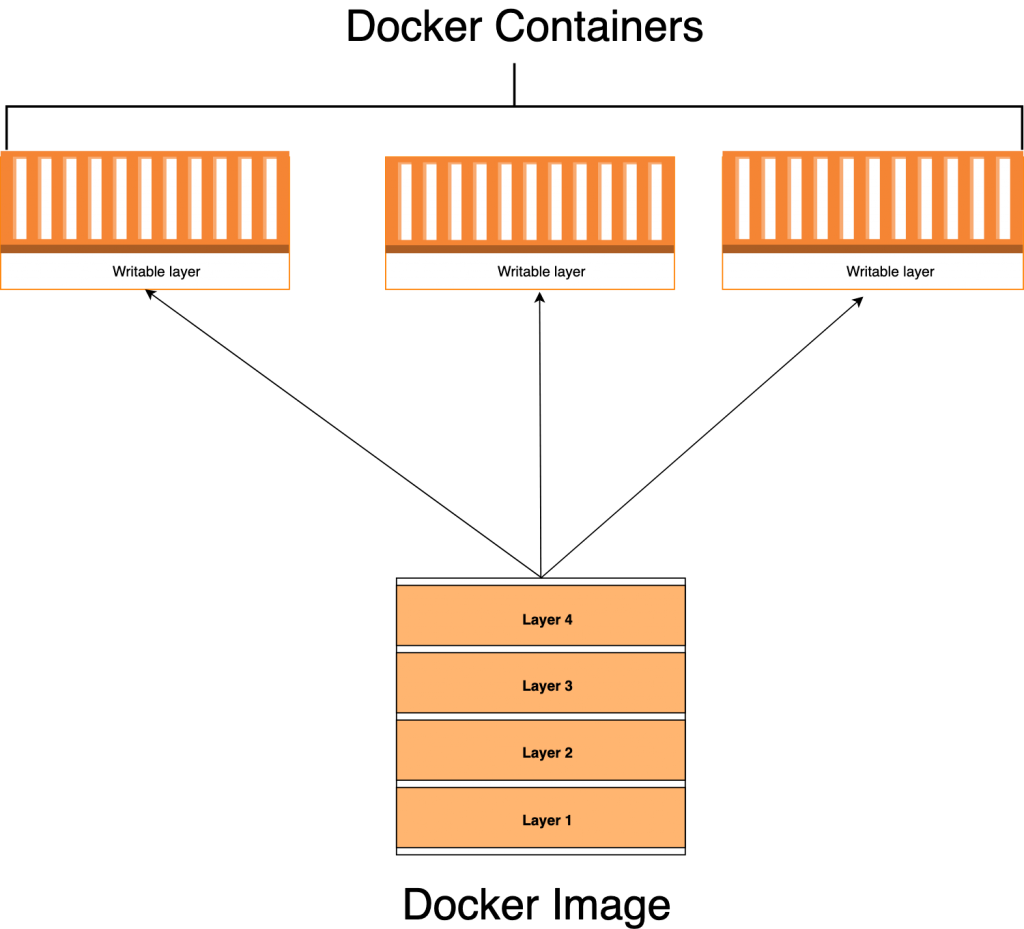

Docker images are also created by a Dockerfile. The Docker run command explained in the previous paragraph creates a new Docker Container. If you are using Windows, you can run both container types.

If you are using Linux, you can only run Linux containers. For this reason, images are categorized by the kernel they use: Linux or Windows. Docker images don’t contain an operating system, but rely on the OS of the host. It can contain code, configuration files, libraries, and environment variables. This section explores the creation of a Docker image, starting with an example found in a previous article.Ī Docker image is simply a file composed of different layers created during the build phase. The build command helps to create an image for your app: docker build Create a Docker image docker compose: to create multiple containers at the same time (more here).docker volume: to create new data volume (more here).docker image inspect : shows details about images (including layers).docker container inspect : shows details about containers.docker image rm : deletes a container image.docker rm : deletes a container that is not in execution.docker stop : stops a specific container.docker start : starts a specific container.docker image list: access available images on the local machine.docker pull: access a specific image from a Docker Registry (private or public) and store it on the machine (more here).docker ps -a: get a list of containers.docker run -d image: run the container in background (detach mode).Unless a name is specified, Docker will automatically assign a random name. Note that installation requires a Docker Login account.Īfter installation, all available toolswill be installed on your machine (stored here), such as the Docker CLI, which helps to spin up the first container using the following command: docker run hello-worldĭocker runs as root user by default.
Docker run image tag install#
To use Docker, you need to install the Docker Engine on a developer machine: this page offers a list of supported platforms and the steps required to set up your environment. Docker also offers a cloud subscription to DockerHub, which supplies build and collaboration tools to facilitate cloud and container technology adoption. The compiled image is then stored in a local or remote repository from which it can be downloaded and started. Specifically, the app is compiled into an image using the Docker CLI: starting from a base image with a specific operating system (i.e., Linux or Windows), Docker creates an image which comprises both the app and the execution environment. With this in place, it is possible to create and distribute an app and execute it either on-premises or in cloud environments. Indeed, security can be a reason for blocking the adoption of this method, since containers share the host operating system.ĭocker, a company founded by Solomon Hykes, has prevailed among the various container technologies thanks to its complete, ready-to-use ecosystem. On the other hand, containers don’t offer the same hardware isolation as Virtual Machines. Containers differ from Virtual Machines, in that thy offer quick startup and share the resources of the host (avoiding unauthorized access between one container and another). Many people prefer using Docker for development (with an isolated environment) or for complex distributed architecture such as Microservices. Containers share the same hardware resources but maintain isolation between them.Containers are based on images, which are simple to create and manage.Multiple apps can run at the same time using different containers.There are lots of benefits to using container technologies:
Docker run image tag software#
In recent years, the rise of container technologies has changed the game: complex issues related to provisioning infrastructures and software installation dependencies have faded into the background. Introducing Dockerįast-growing business organizations have to deploy new features of their app rapidly if they want to stay on top of the market.ĭeploying an app is not always an easy task how difficult it is depends primarily on how the app is structured and what tools or deployment patterns have been used. This article goes a step further, creating a Docker image for the web app in order to have more flexibility in management and deployment.
Docker run image tag how to#
In a previous article, we discussed how to create a new web app and deploy it to an Azure Web App instance.


 0 kommentar(er)
0 kommentar(er)
